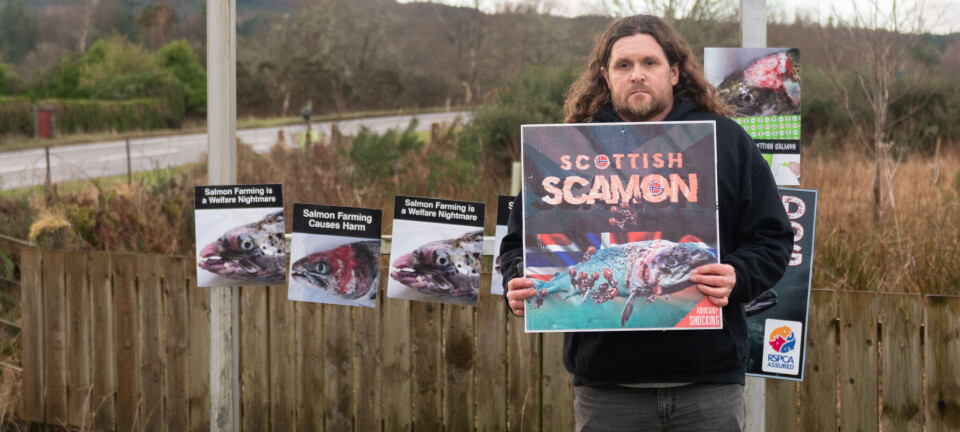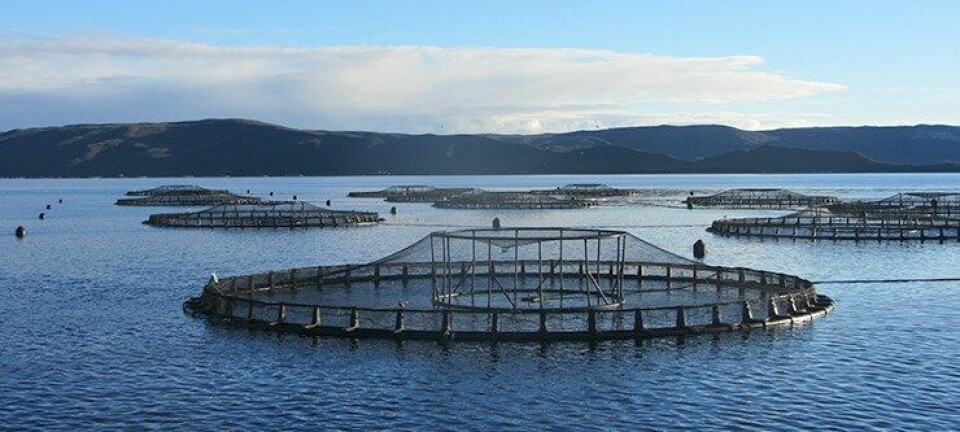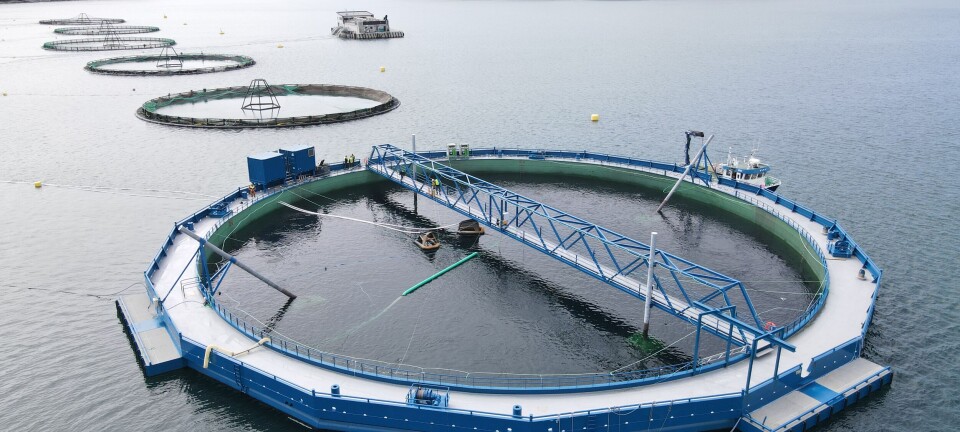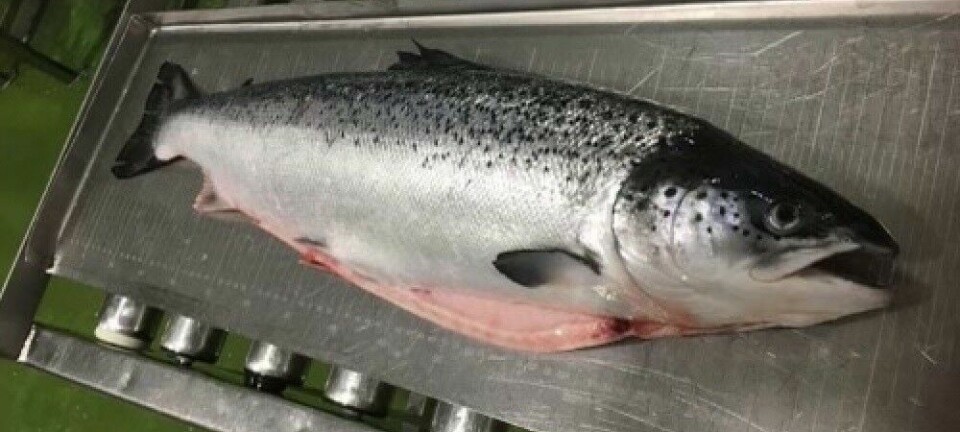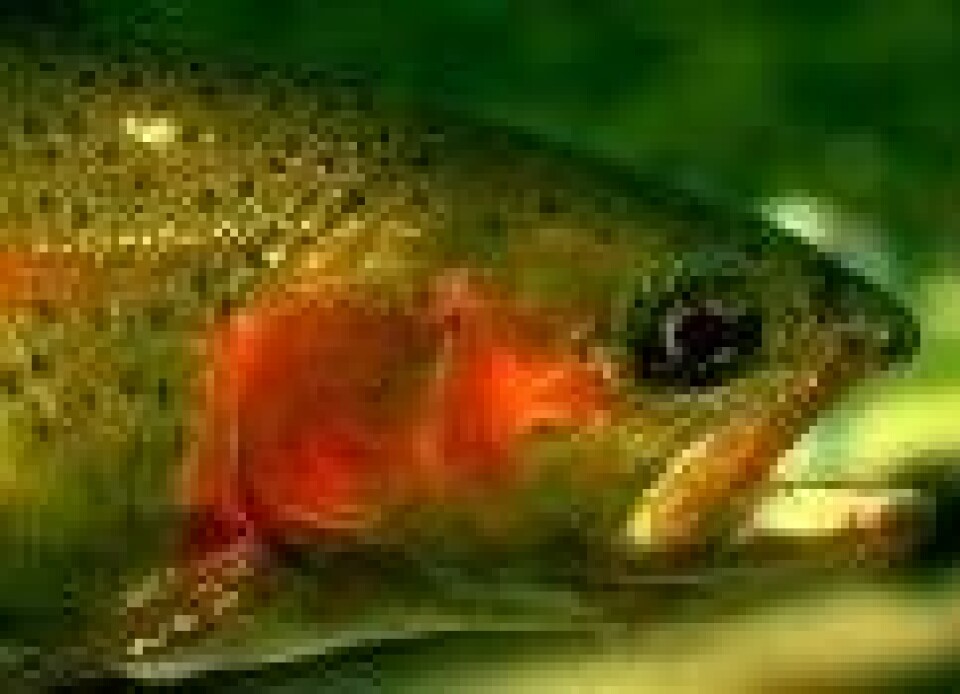
Sarcocystis - a potential emerging disease in rainbow trout
As a precautionary measure and as part of our responsibility to ensure the maintenance of the high health status of aquatic animals within the UK, the UK Government and the Devolved Administrations of Scotland, Wales and Northern Ireland has issued information to advise and raise awareness of this situation.
It is possible that infestation could occur in wild salmonids particularly in fish around affected fish farms The exact cause of the condition is unknown although histological studies indicate that the parasite is a protozoan, possibly of the Sarcocystidae family although this has yet to be confirmed
Mortality has been reported as variable, but can be significant; up to 15% has been experienced in juvenile fish at approximately 1 month post hatching and of a length up to 2.5 cm at one of the sites associated with the condition
Clinical signs which may be indicative of the disease include increased mortality, a black discolouration to the posterior section of the body and swelling over the dorsal surface of the head area (the cranium)
There are no known direct trade links between the UK and Sweden in terms of live rainbow trout. The risk of infection via this route is believed therefore to be negligible.
Although the condition has only been reported from Sweden, the source and distribution of the parasite and any associated disease is presently unknown
To date there is no indication that this parasite is present within rainbow trout stocks in the UK. More work is needed before any definitive conclusions can be made about the identity of the causative agent of the mortality, its source and risk to UK trout stocks
Currently, and until more information about the condition is obtained, the impact of the disease (e.g. level of mortality) is believed to be a production related condition. The EU Commission and experts from member states with an interest in this issue (including the UK), recently held a meeting where it was concluded that the current level of risk did not yet warrant the introduction of official controls/movement restrictions at an EU level.








